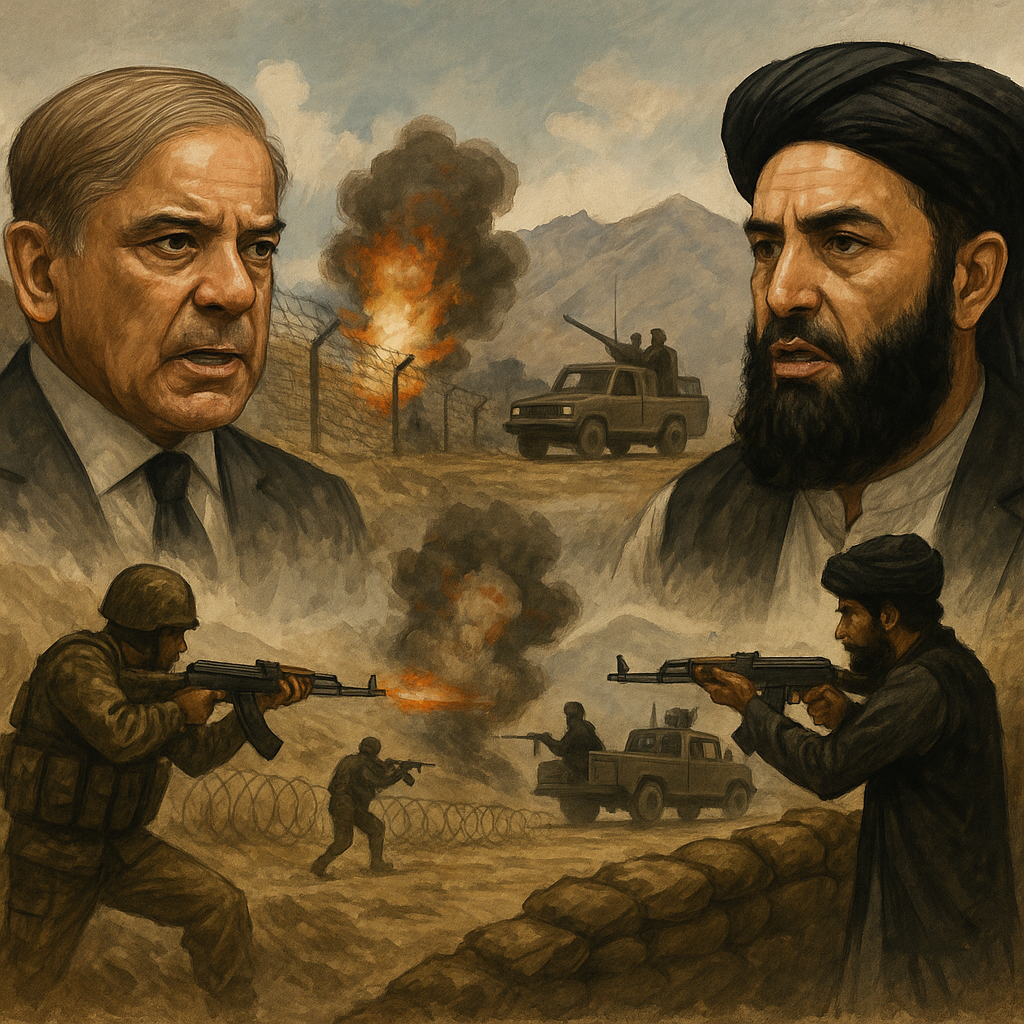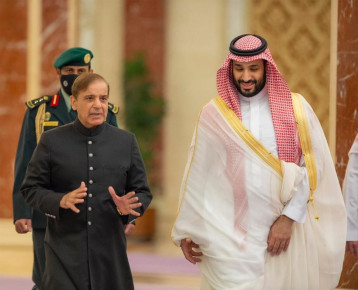Dr. Naveed Elahi

Tensions between Pakistan and Afghanistan have escalated sharply, with clashes erupting at multiple points along the border. Pakistan has responded with restraint yet firmness. The hostilities began as the Afghan Taliban government launched attacks while its Foreign Minister, Amir Khan Muttaqi, was visiting India, where he criticized Pakistan from Indian soil. Afghanistan thus opened a two-pronged offensive—military action from its territory and rhetorical attacks from India—much to the satisfaction of its hosts.
To understand the roots of this strained relationship, one must turn to history. Since Pakistan’s inception, successive Afghan regimes—except the Taliban government from 1996 to 2001—have maintained a hostile posture toward Islamabad. Despite deep people-to-people ties and shared cultural bonds, Afghanistan’s political elite have often displayed enduring suspicion and antagonism toward Pakistan, a pattern that continues to shape the current standoff.
The latest irritant is the presence of terrorist group Tehreek-e-Taliban Pakistan (TTP) in Afghanistan and its patronage by the Afghan Taliban government. After numerous appeals to the Afghan Taliban to bridle TTP, Prime Minister Shehbaz Sharif eventually issued a blunt warning to Kabul to “choose between Pakistan and the TTP.” He made it clear that cross-border attacks from Afghan soil were unacceptable. The core problem remains Kabul’s unwillingness—or inability—to act against the TTP, whose attacks have intensified since the Taliban regained power in 2021.
Following the Taliban takeover, TTP prisoners were released from Afghan jails, given refuge, and allowed to regroup for attacks inside Pakistan. When Islamabad raised concerns, Kabul repeatedly denied the TTP’s presence. In August 2024, the Afghan foreign ministry accused Pakistan of air strikes in Nangarhar and Khost, calling them “provocative acts,” while Defence Minister Mohammad Yaqoob alleged that Pakistan was scapegoating Afghanistan to conceal its internal security failings. Pakistan rejected these claims, asserting that its actions were legitimate responses to escalating cross-border threats.
The Taliban’s return to power has emboldened the TTP, allowing it to reorganize and intensify attacks that have cost numerous Pakistani lives. Despite repeated negotiations and promises of cooperation, Kabul has failed to take tangible steps. Frustrated by inaction, Pakistan resorted to direct military strikes inside Afghanistan in April 2024 and again in December after a deadly TTP attack in Makin killed 16 soldiers. These strikes, while sending a strong message, also deepened mistrust between the two governments.
Alongside military measures, Pakistan employed economic and administrative pressure. It tightened trade and transit restrictions, imposed curbs on Afghan-bound goods, and accelerated the repatriation of undocumented Afghans—over 1.2 million have been sent back—seen as leverage to compel Taliban cooperation.
In 2025, Islamabad paired its hardline stance with renewed diplomacy. Visits by Special Representative Mohammad Sadiq, Afghan Commerce Minister Nooruddin Azizi, and later Foreign Minister Ishaq Dar sought to rebuild trust. Pakistan offered concessions on trade, while the Taliban pledged to “contain” the TTP—commitments that again proved short-lived. Even trilateral diplomacy faltered: the August 2025 Pakistan–China–Afghanistan meeting failed to produce a joint statement after Kabul refused to name the TTP or ETIM, reversing earlier agreements and signaling continued hesitation.
Till the eruption of clashes on the border, despite growing frustration, Pakistan avoided a complete breakdown in ties. A total disengagement would neither serve its interests nor change Kabul’s stance. Yet, with TTP attacks ongoing, Islamabad faces a difficult policy dilemma—how to pressure Kabul effectively without risking prolonged armed confrontation.
Pakistan must now adopt a more comprehensive and sustainable approach:
- Give a befitting military response to deter the aggressive designs of Afghan Taliban and TTP.
- Establish an institutionalized security dialogue with Kabul under third-party facilitation (China, Qatar, or the OIC) with verifiable timelines.
- Strengthen border security through fencing, drones, and AI-based surveillance to reduce infiltration.
- Mobilize regional powers—China, Russia, and Central Asian states—to exert collective pressure on Kabul.
- Link trade and transit concessions to measurable Taliban action against the TTP.
- Maintain humanitarian and cultural engagement to differentiate the Afghan populace from the ruling regime.
- Enhance domestic counterterrorism capacity through intelligence-led operations and inter-agency coordination.
Conclusion
Pakistan–Afghanistan relations remain trapped in a cycle of mistrust and unmet commitments. Islamabad’s mix of coercion and diplomacy has yet to produce meaningful results, but disengagement is not an option. The way forward lies in a calibrated blend of deterrence, dialogue, and regional coordination under a long-term strategic framework. Unless Kabul changes course, Pakistan must prepare for a relationship defined not by partnership, but by carefully managed confrontation.
The author is Chief Editor of The Strategic Brief



